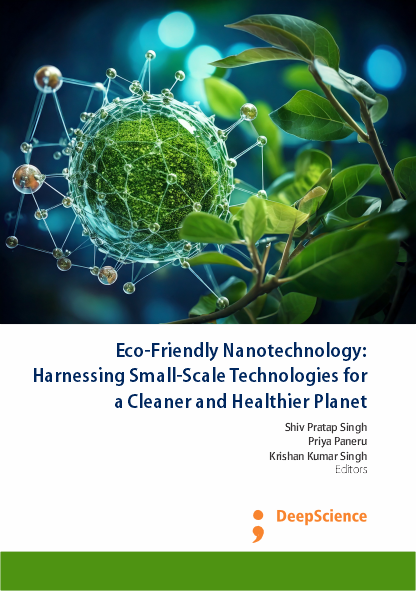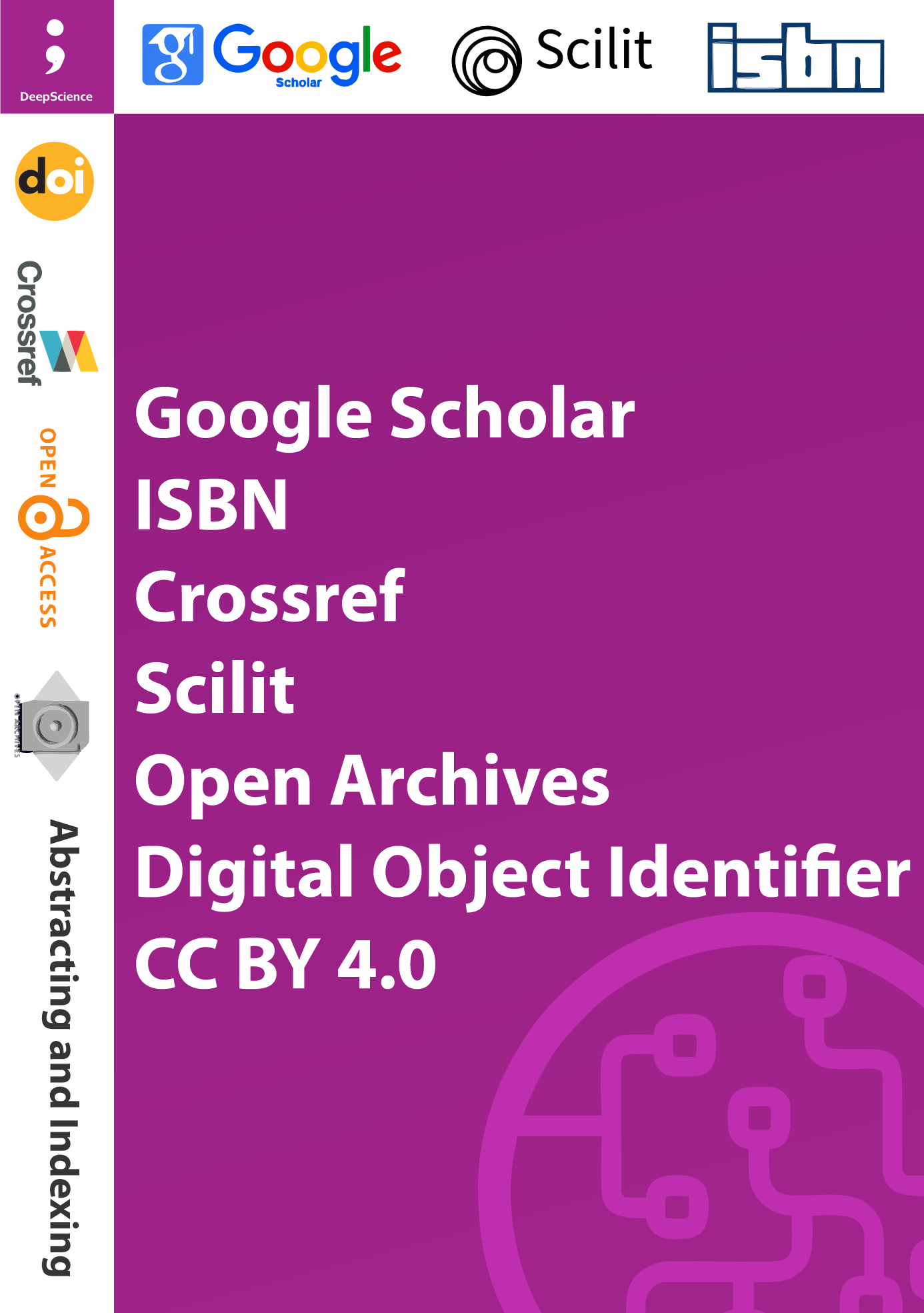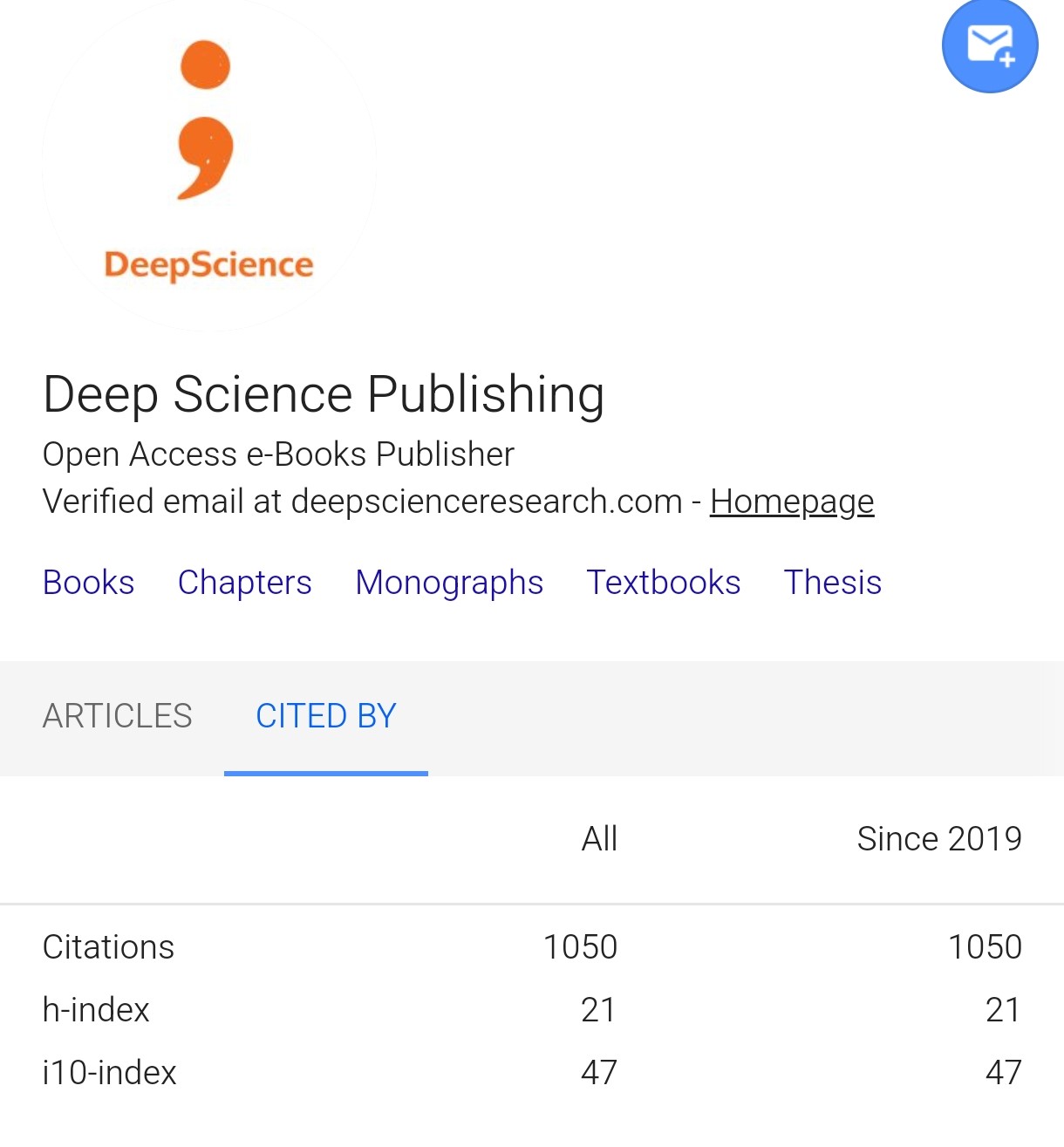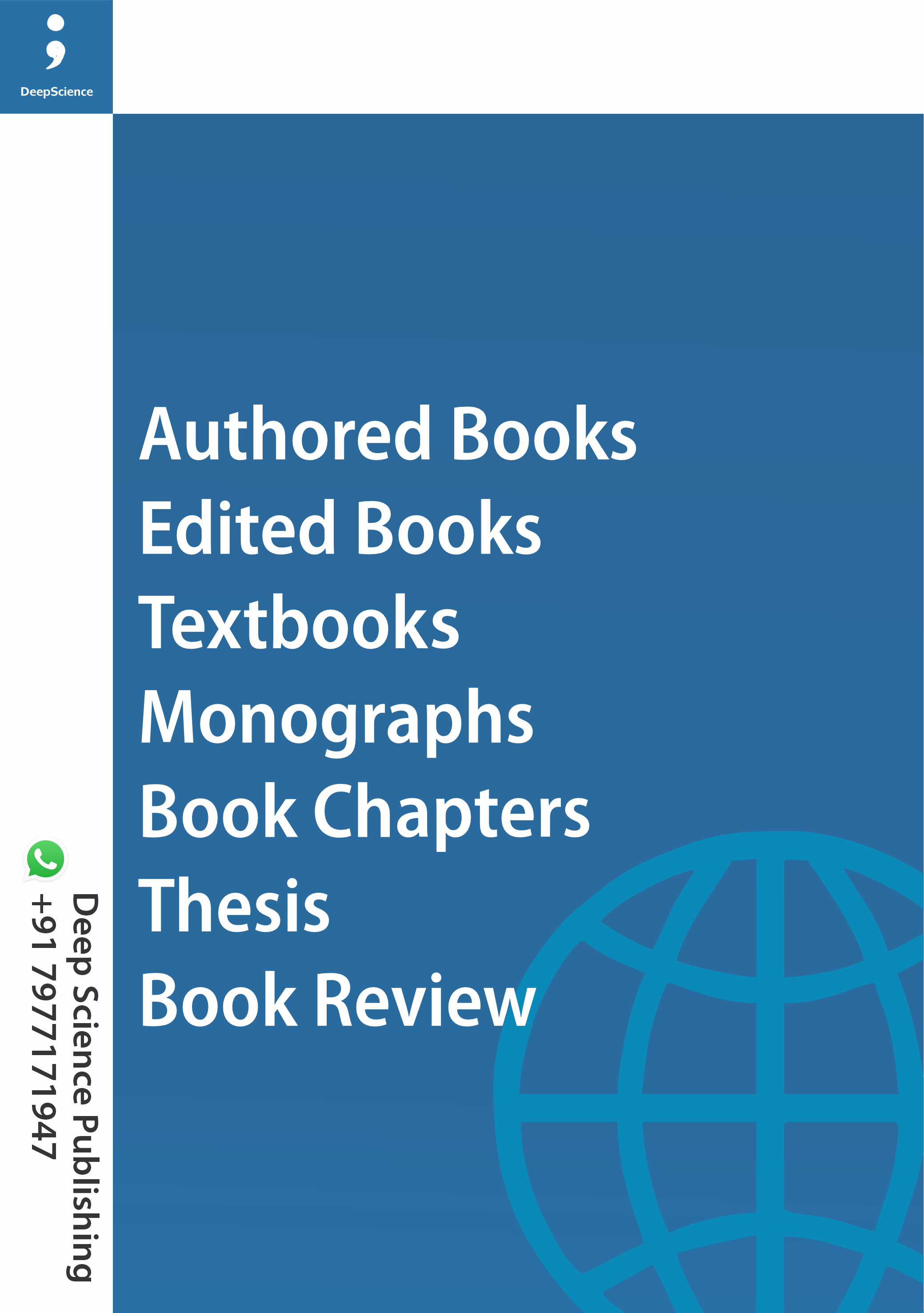Nano-engineered fertilizers: Enhancing plant nutritional dynamics through precision delivery
Synopsis
Nano-fertilizers enhance crop growth, yield, and nutrient use efficiency while reducing fertilizer wastage and cultivation costs. They enable precise nutrient management in precision agriculture, ensuring sustained nutrient availability throughout crop growth. At optimal levels, they boost photosynthesis and dry matter accumulation, but excessive concentrations may cause nutrient toxicity. Nano-fertilizers also improve plant resilience to biotic and abiotic stresses. With limited arable land and water resources, improving resource efficiency is crucial for sustainable agriculture. Nanotechnology offers targeted delivery, controlled release, and minimized soil toxicity, reducing application frequency and environmental impact. Its potential extends to biomedicine, environmental engineering, and water management, making it a transformative tool for global sustainability.
Keywords: Agriculture crop, Nanofertilizers, Plant nutrition, Nanoparticle, Sustainable development













